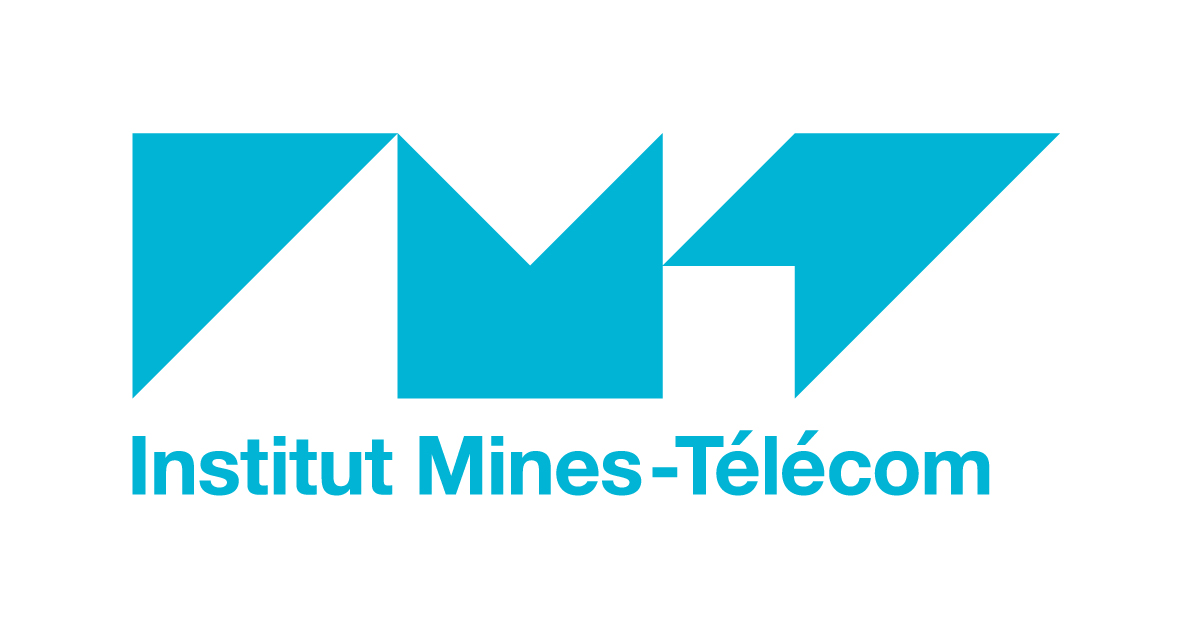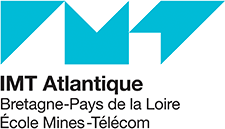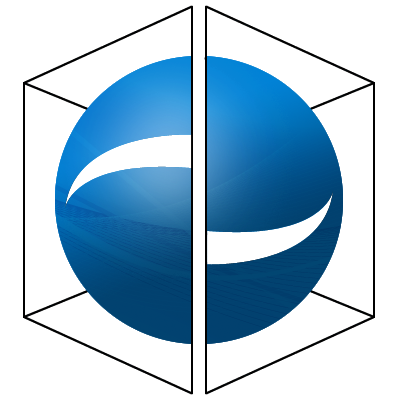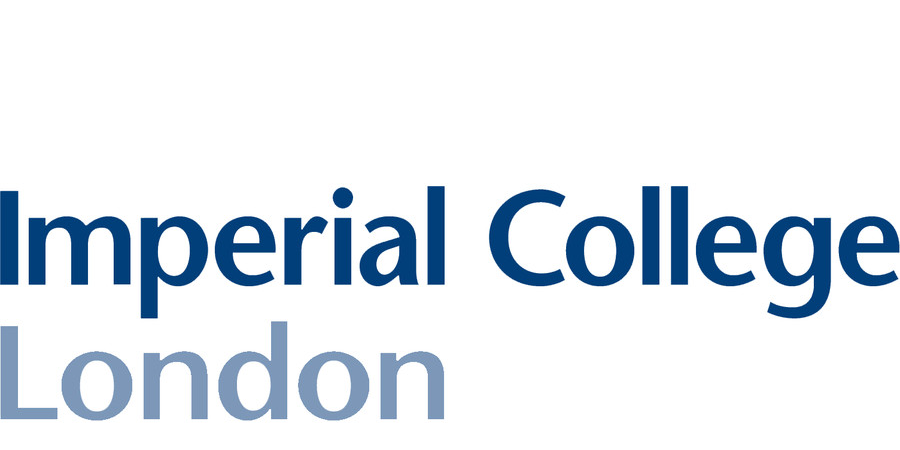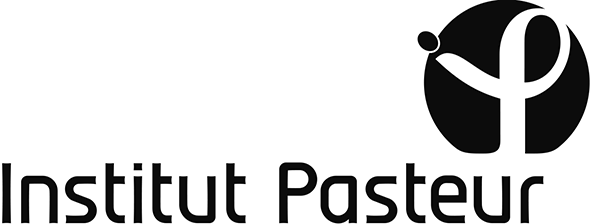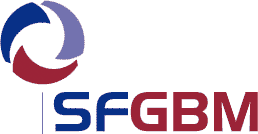Jean-Christophe OLIVO-MARIN, Elsa ANGELINI, Arrate MUNOZ BARRUTIA, Chairs
This is the first edition of our Summer School outside of France, going to South America in synchrony with the IEEE SPS-EMBS ISBI Conference in Colombia.
The spirit of our Summer School was established in French Brittany in 1994 [by Christian ROUX and Jean-Louis COATRIEUX]. This Summer School has become a worldwide reference with international lecturers from 20 countries and accessible to young scientists from all around the world. Our Summer School is an open yet privileged place for exchanges and discussions on major on-going research and technologies. Informal and warm, we always select a location and design a program where ample time is dedicated to interactions between lecturers and students.
The Summer School is open to graduate students (MSc., PhD), post doctoral scientists, radiologists, biologists, researchers and engineers in industry.

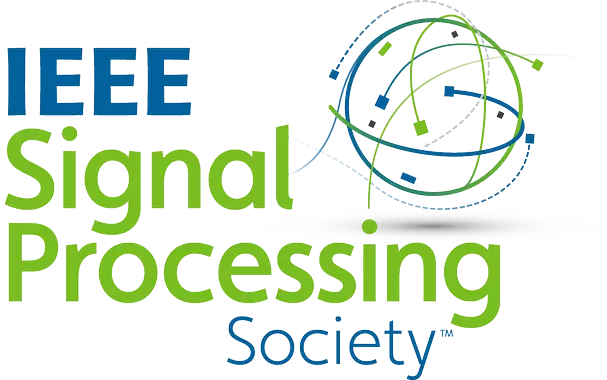 15th IEEE EMBS-SPS International Summer School on Biomedical Imaging
15th IEEE EMBS-SPS International Summer School on Biomedical Imaging









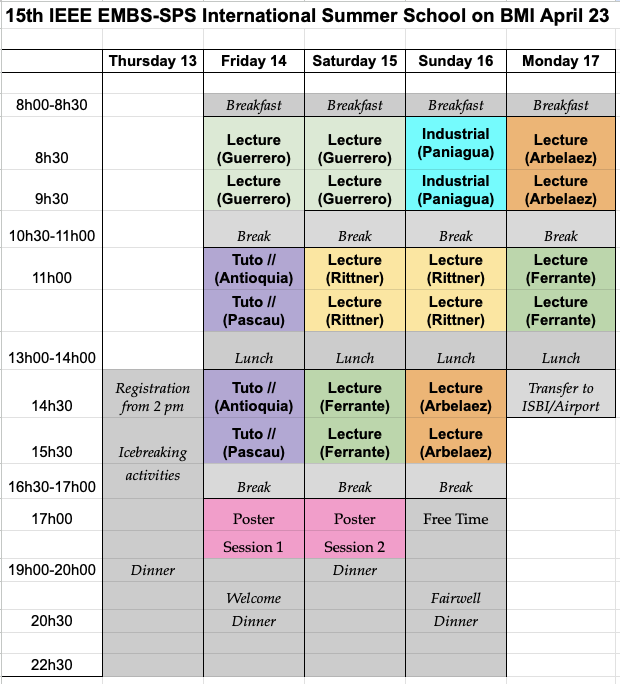
 Leticia Rittner
Leticia Rittner
